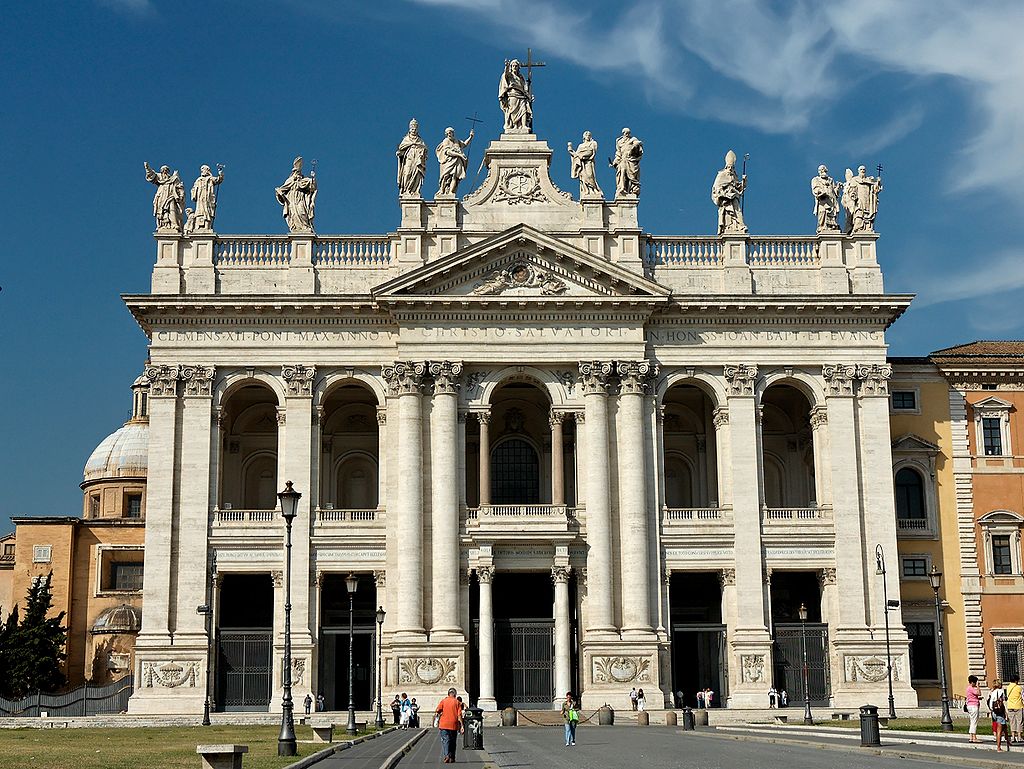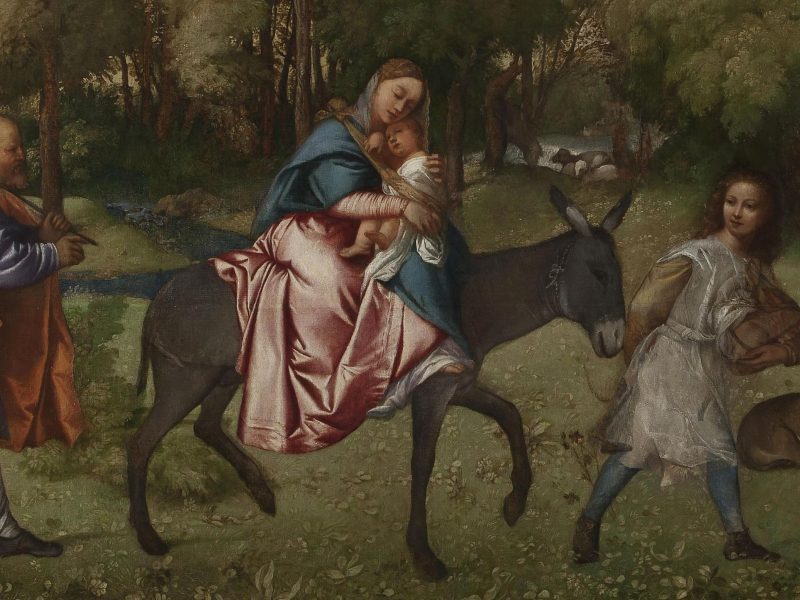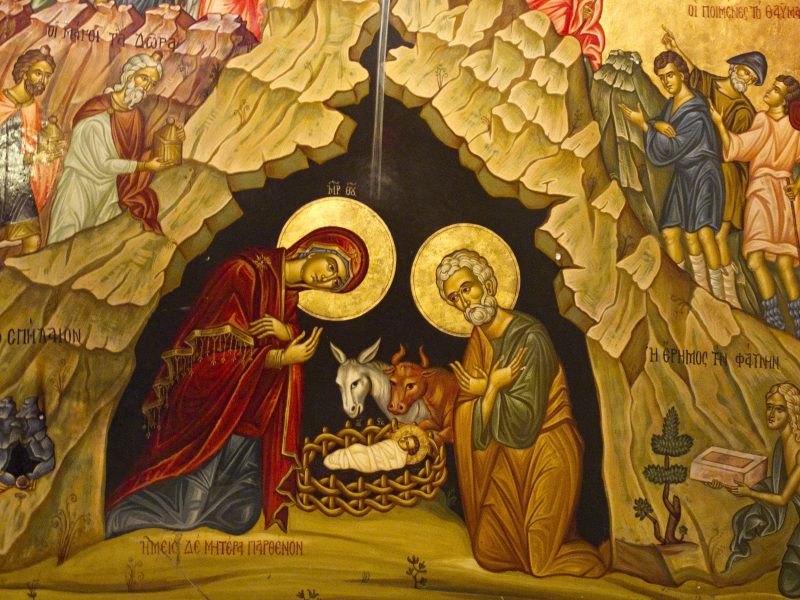
Our One Foundation
Feast of the Dedication of the Lateran Basilica. fr Robert Ombres notes how our faith is embodied through a Church building.
How does a preacher prepare a homily? As it happens, this one was prepared in its early stages by walking through the Roman forum, passing the Colosseum, to visit the Lateran basilica.
Gazing at the eloquent mixture of ordinariness and grandeur that even in ruin still makes ancient Rome present, the walk started me thinking about both the power and the limitations of buildings. I realised, with greater force and clarity than usual, that whilst we Christians must move from the tangible, visible existence of a building to more mysterious realities, this move has to be made in a certain way and not too quickly.
For what we are doing this Sunday? We are celebrating the dedication of the Lateran basilica in Rome, and we are glad – we celebrate in fact – that with the help of a building we can reach into the deepest truth of our existence. As one of its inscriptions says, this is the mother and head of all churches in Rome and throughout the world. As well as the dedication of our church, we celebrate the dedication of our cathedral, and the dedication of the Lateran. In all these celebrations we are making statements about our Catholic identity.
Any church building is an important setting for worship, especially for the celebration of the Eucharist, the occasion when in sacrament, involving the material objects of bread and wine, we commune with the Father in his incarnate Son through the power of the Spirit. Even in an empty and locked church, in the tabernacle, the real presence of Christ abides, and the visibility in the landscape of the set-apart building recalls in space and time the saving presence of the Lord of all creation and of all history. Who cannot of course be contained.
We are not angels, and we exist and will be saved as human beings. The sacraments are appropriate ways to salvation because they involve and transform the whole of us, body and soul. Our bodily resurrection will be the completion of our salvation. So let us not think of church buildings, any church building, as just empty shells, mere props, that only have meaning when believers gather in them for worship. Even as buildings, they are appropriate settings for important moments in our salvation journey, we who worship in Spirit and in truth as embodied souls in time and space.
Among church buildings, cathedrals have a particular significance. They point to a bishop, the embodied presence and activity of one of the means God has chosen so that he can be among us in time and space – the sacrament of order. Through our bishops we are linked to the college of bishops and therefore to the Apostles of our Lord. Our salvation transcends time and space, but does not bypass our material humanity or our history.
And uniquely among cathedrals, the Lateran basilica (to use its short title) points directly to the Bishop of Rome, the successor of St Peter, the Supreme Pontiff. This is one building with a fixed location yet standing for something or, better, standing for someone who is universal in the scope of his service of authority and constituted as such by God.
That God has chosen the sacraments as the ordinary means of salvation for us, does not limit him or the operation of his grace. But it does indicate for us the ordinary way to salvation, the shape which our journey takes through time and space. On this journey, church buildings are indeed landmarks.
No genuine Catholic doctrine and spirituality will try to bypass the sacraments. Related to them, although of course not as effective in the same way or of comparable importance, are the sacred buildings we call churches and cathedrals. In celebrating their dedication we recommit ourselves to our baptismal dedication to the service of God and His redemptive plan. Life may well have somewhat dilapidated us as temples of the Spirit, yet we pray for the grace of lasting perseverance.
Readings: Ezekiel 47:1-2,8-9,12 | 1 Corinthians 3:9-11,16-17 | John 2:13-22


